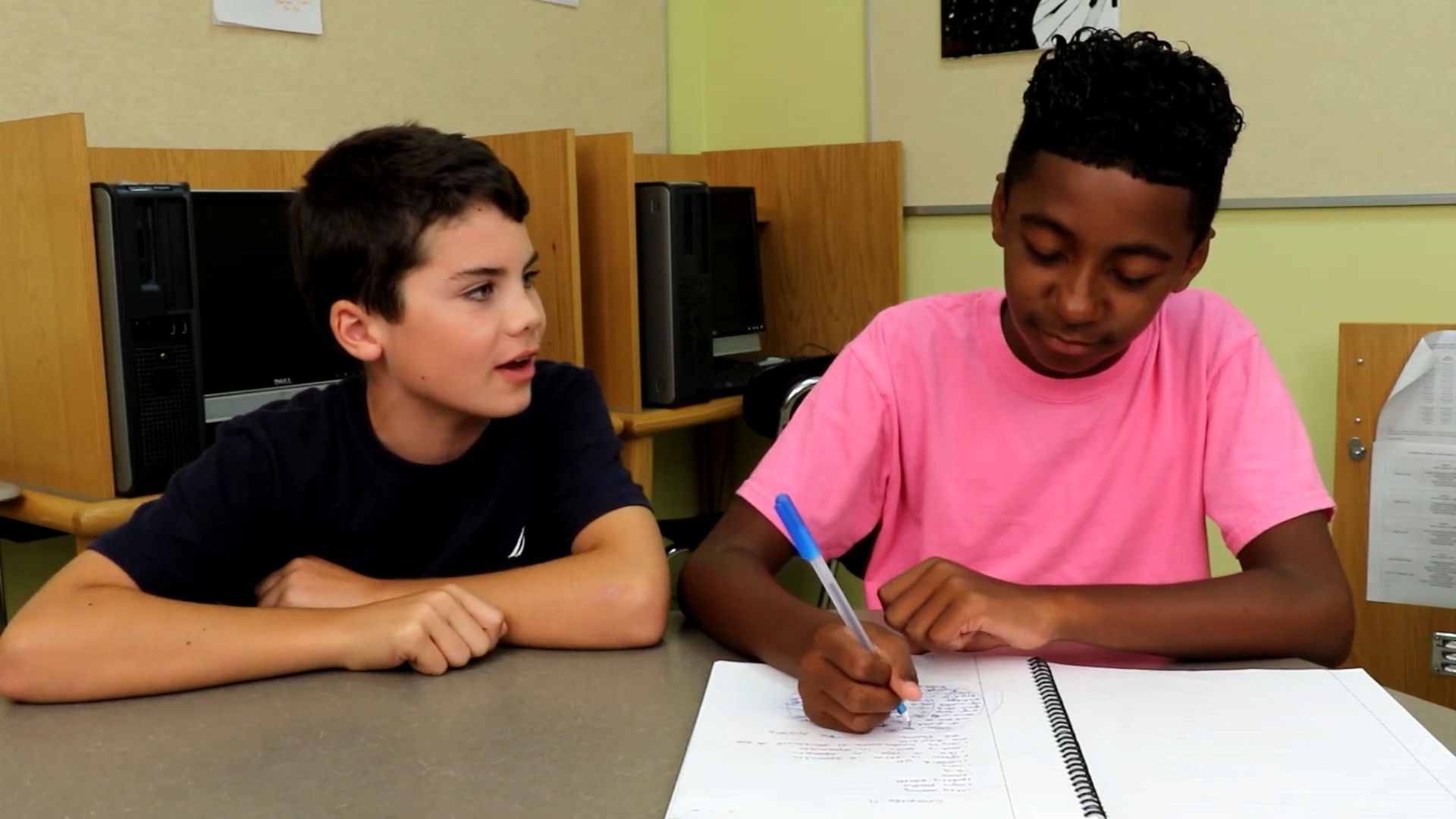
In this blog post, we will discuss the importance of teaching elementary students how to decode indirect communication. We will provide a no-prep activity that educators can use to help students understand the concept, followed by discussion questions to stimulate further exploration of the topic. Additionally, we will mention other relevant skills for students to develop and encourage users to sign up for free samples of the discussed skill and others at Everyday Speech.
Introduction
Indirect communication is a common way people express their wants and needs without explicitly stating them. This can happen for various reasons, such as feeling more comfortable with indirect requests or avoiding conflict. It’s crucial for students to learn how to decode indirect communication, as this skill helps them navigate social situations and build healthy relationships. By understanding the intentions behind indirect communication, students can respond appropriately and empathetically to others.
No-Prep Activity
To help students grasp the concept of indirect communication, try this simple, no-prep activity that requires no materials or preparation from the educator.
Indirect Communication Charades
In this activity, the educator will give a student a scenario where they have to communicate something indirectly. The student will then act out the scenario without using direct language, while the rest of the class tries to guess the underlying message. For example, a student might pretend to be cold and shiver, hoping someone will close the window. The class can discuss why the student chose to communicate indirectly and how they figured out the message.
Discussion Questions
- Why do people sometimes choose to communicate indirectly instead of asking directly?
- What are some clues that someone might be using indirect communication?
- How can we respond appropriately when we notice someone is communicating indirectly?
- Can you think of a time when you or someone you know communicated indirectly? How did it make you feel, and what was the outcome?
- What challenges might someone face when trying to understand indirect communication?
Related Skills
In addition to decoding indirect communication, students can benefit from learning other social-emotional skills, such as:
- Active listening: Paying close attention to what others are saying and showing empathy
- Reading body language: Observing non-verbal cues to better understand someone’s feelings and intentions
- Assertive communication: Expressing oneself clearly and respectfully while considering the feelings of others
- Conflict resolution: Addressing disagreements in a constructive and respectful manner
Next Steps
Encourage your students to practice decoding indirect communication and other related social-emotional skills by signing up for free samples of these materials at Everyday Speech. By incorporating these activities and discussions into your classroom, you can help students develop the skills they need to navigate social situations and build healthy relationships.

